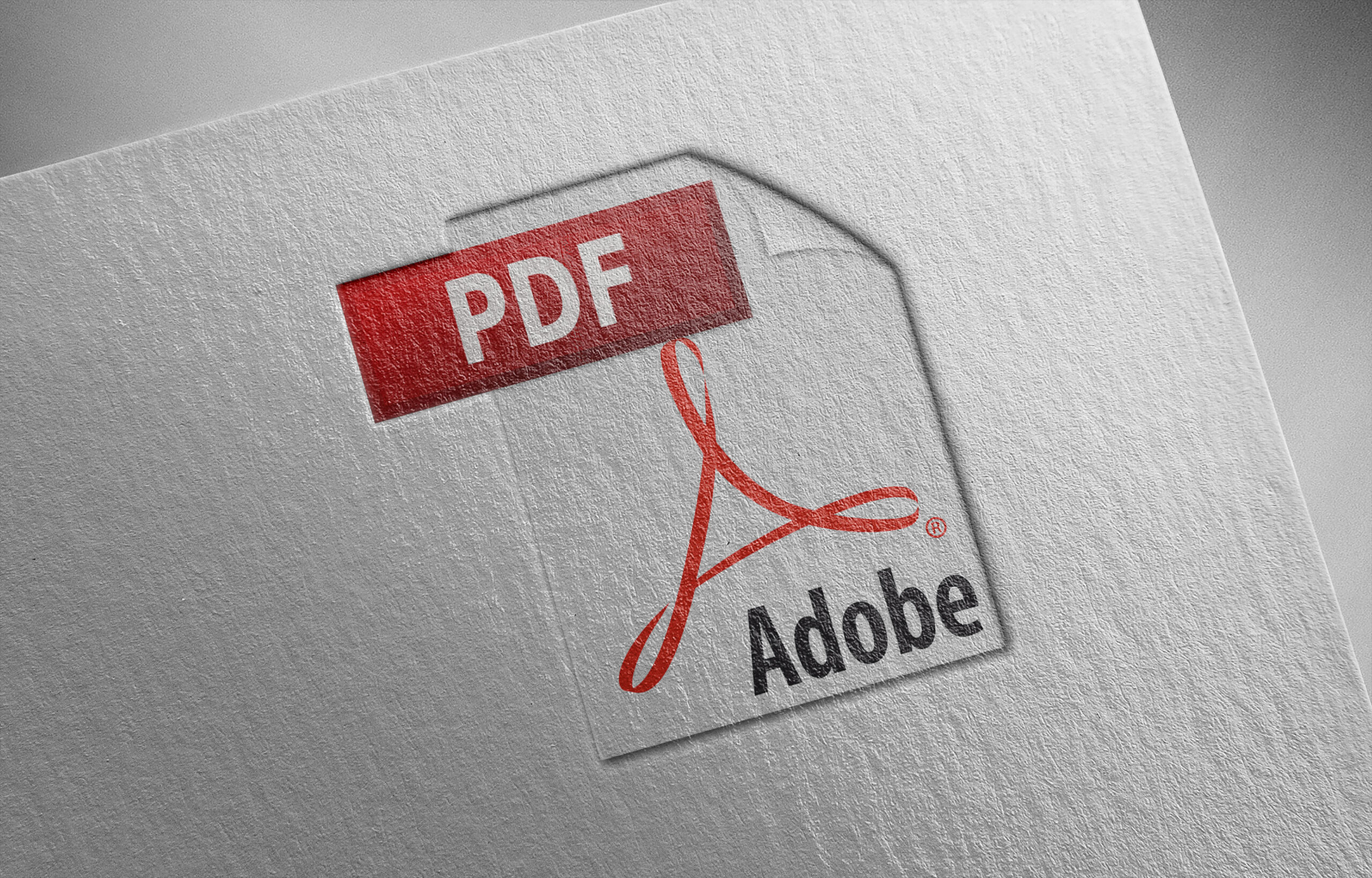Mastering File Formats: A Comprehensive Guide Decoding File Formats: Enhancing Creativity and Productivity Understanding file types is crucial in the evolving landscape of technology and digital content creation. In today’s interconnected world, where visual communication and data sharing are omnipresent, the choice of a file format can wield immense influence over the efficiency of your workflow and the integrity of your work. Whether you are a seasoned graphic designer harnessing the creative power of Adobe software to craft visually stunning masterpieces or a diligent business professional in the realm of Microsoft Office, selecting the right file format is akin to choosing the perfect brushstroke or the most fitting word to express your message. It’s a decision that extends far beyond mere technicalities; it’s the linchpin between your creative vision and its realization. In this guide, we embark on a journey through the intricate tapestry of file types, particularly those employed in the Adobe Suite and Microsoft Office Suite, peeling back the layers to reveal their technical intricacies and their profound impact on the world of digital creation. Design File Formats: .PSD (Photoshop Document) Adobe Photoshop’s native format for raster graphics. Ideal for complex image editing, including layers, masks, and high-resolution images. Supports lossless compression. It is commonly used for photo manipulation and digital artwork. .AI (Adobe Illustrator) Adobe Illustrator’s native format for vector graphics. Suitable for creating logos, icons, and illustrations that need to be scalable without loss of quality. Supports both vector and raster elements. Highly preferred for print and web design. .INDD (Adobe InDesign Document) Adobe InDesign’s native format for page layout design. Used for creating brochures, magazines, and other multi-page documents. Contains text, images, and formatting information. Great for collaborative print and digital publishing projects. .PDF (Adobe Acrobat – Portable Document Format) Adobe’s universal format for sharing documents. Preserves the layout and formatting of a document, regardless of the software used to view it. Widely used for documents, reports, and e-books. Supports interactive elements and digital signatures. .EPS (Encapsulated PostScript) A versatile vector file format that can be opened in various design software. Often used for logos, illustrations, and graphics to maintain high-quality scaling. Compatible with both Adobe and non-Adobe applications. Vector (.SVG, .EPS, .AI) Vector formats encompass .SVG (Scalable Vector Graphics), .EPS (Encapsulated PostScript), and .AI (Adobe Illustrator). Perfect for graphics that require scalability and precision, such as logos, icons, and illustrations. Retains crisp detail and clarity at any size. Widely used in design and illustration for their ability to adapt seamlessly to various dimensions. .JPG (Joint Photographic Experts Group) A popular and widely supported image format. Suitable for photographs and images with complex color gradients. Utilizes lossy compression, which reduces file size but may result in some loss of image quality. It is commonly used for web graphics, digital photography, and general image sharing. .PNG (Portable Network Graphics) A raster format with lossless compression. Supports transparent backgrounds, making it ideal for web graphics. It is commonly used for icons, web elements, and images requiring sharp detail. Video File Formats: In addition to image and document formats, video file formats play a crucial role in the digital world, especially in multimedia production and content creation. Here are some of the major video file formats commonly used: .MP4 (MPEG-4 Part 14, “ISO/IEC 14496-14” – Moving Picture Experts Group) One of the most widely used video formats. Offers good video quality and compression efficiency. Supports various codecs, making it versatile for different devices and platforms. It is commonly used for online streaming, video sharing, and playback on various devices. .MOV (QuickTime Movie) Developed by Apple and is commonly associated with macOS. It provides high-quality video and audio, making it suitable for professional video editing. Supports multiple video and audio tracks. Often used in film and video production. .AVI (Audio Video Interleave) It is one of the earliest video formats developed by Microsoft. Offers good video quality but tends to have larger file sizes. Compatible with various codecs and video editing software. Commonly used in Windows environments. .MKV (Matroska Video) An open and flexible video container format. Supports high-definition video, multiple audio and subtitle tracks, and chapter markers. Popular among video enthusiasts for its versatility. Well-suited for storing movies and TV shows. .WMV (Windows Media Video) Developed by Microsoft for Windows-based systems. Known for efficient compression, suitable for streaming. Commonly used for web videos and older Windows media players. May require additional software or codecs for playback on non-Windows platforms. .FLV (Flash Video) Originally developed for Adobe Flash Player. Suitable for web-based videos and streaming. Provides good compression and quality for online delivery. Declining in popularity due to the phasing out of Flash technology. Choosing the Right Video Format: Selecting the appropriate video format depends on your specific needs and the project context. Here are some scenarios and recommendations for video formats: Web Streaming and Sharing: For online streaming platforms like YouTube and social media sharing, .MP4 is the go-to format due to its compatibility with most devices and browsers. It offers a good balance between video quality and file size, ensuring a smooth viewing experience for your audience. Professional Video Editing: When working on video projects that require advanced editing and post-production, formats like .MOV and .AVI are preferred. These formats maintain high-quality video and audio, making them suitable for video editing software like Adobe Premiere Pro and Final Cut Pro. Multimedia Archiving: If you need to store multimedia content with multiple audio and subtitle tracks or want to create a DVD or Blu-ray disc, .MKV is an excellent choice. It allows you to preserve the full range of multimedia options. Windows-Based Environments: For Windows-specific applications and playback, .WMV remains a viable choice. However, be aware that it may require additional codecs or software for playback on non-Windows systems. Legacy Content: If you encounter older video files in formats like .FLV, consider converting them to more modern formats like .MP4 to ensure compatibility and longevity. Microsoft Office Suite File Formats: .DOCX (Microsoft Word Document) The default
2023 Top 10 CRM Software
2023 Top 10 CRM Software for Small Businesses Explore the Best CRM Software Solutions Tailored for Small Businesses in 2023 In today’s competitive business landscape, small businesses need effective tools to manage customer relationships efficiently. Customer Relationship Management (CRM) software is crucial in helping businesses build stronger connections with their clients, enhance customer experiences, and drive growth. This article will explore the Top 10 CRM software options for small businesses in 2023, evaluating their features, benefits, and suitability for various business needs. HubSpot HubSpot CRM is an excellent choice for small businesses due to its user-friendly design and feature-rich platform. The intuitive interface allows for easy adoption, even for non-tech-savvy users. The suite of tools, including email marketing, lead tracking, reporting, and customer service, consolidates various functions in one place, promoting efficiency. The free version is a significant advantage for startups and small businesses with limited budgets. However, some advanced features may lack customizability, which could be limiting for companies with complex workflows. Additionally, the cost of pricey add-ons may increase as business needs grow. Pros: • Intuitive interface: HubSpot’s user-friendly design allows for easy adoption and implementation, even for non-tech-savvy users. • All-in-one platform: HubSpot offers a suite of tools, including email marketing, lead tracking, reporting, and customer service, consolidating various functions in one place. • Free version: The free plan is perfect for startups and small businesses with limited budgets, offering essential CRM features at no cost. Cons: • Limited customizability: Some advanced features may not be fully customizable, limiting businesses with complex workflows. • Pricey add-ons: Additional features and advanced marketing tools can be expensive, potentially increasing costs as business needs grow. Zoho Zoho CRM is a scalable and budget-friendly solution that caters to businesses of all sizes, focusing on sales automation and customer insights. The various pricing tiers allow enterprises to start small and scale their CRM needs as they grow. The AI-driven insights help gain valuable customer data for more personalized interactions. Integration with other Zoho products and third-party applications enhances overall functionality. However, mastering all its features may require time and training, and the most advanced automation features are available only in higher-tier plans, potentially limiting functionality for some businesses. Pros: • Scalable pricing: Zoho offers various pricing tiers, allowing businesses to start small and scale their CRM needs as they grow. • AI-driven insights: Zoho’s AI capabilities help businesses gain valuable customer insights, enabling more personalized interactions. • Integrations: Zoho CRM seamlessly integrates with other Zoho products and third-party applications, enhancing its overall functionality. Cons: • Learning curve: While Zoho CRM is user-friendly, mastering all its features may require time and training. • Limited automation in lower plans: The most advanced automation features are available only in the higher-tier programs, potentially limiting functionality for some businesses. Salesforce Essentials Salesforce Essentials provides a simple and efficient CRM solution for small businesses with a familiar interface for users already acquainted with Salesforce. The mobile app allows on-the-go access to CRM data, promoting seamless productivity and customer engagement. As businesses expand, they can easily upgrade to the complete Salesforce CRM for enhanced capabilities. However, compared to the full Salesforce CRM, Salesforce Essentials offers fewer features and customization options, and its pricing may still be relatively expensive for startups or micro-enterprises. Pros: • Familiar interface: Salesforce Essentials maintains the same look and feel as its enterprise-level counterpart, making it easy for users familiar with Salesforce. • Mobile app: The mobile app allows sales reps to access CRM data on the go, enabling seamless productivity and customer engagement. • Scalable growth: As businesses expand, they can easily upgrade to the full Salesforce CRM for enhanced capabilities. Cons: • Limited features: Compared to the full Salesforce CRM, Salesforce Essentials offers fewer features and customization options. • Price: While Salesforce Essentials is tailored for small businesses, it may still be relatively expensive for startups or micro-enterprises. Freshsales Freshsales is a sales-centric CRM platform that optimizes sales processes and enhances lead management. The visual pipeline management simplifies deal tracking and identification of potential bottlenecks. Email tracking and automation streamline communication with leads and customers. Integration capabilities with popular tools enhance overall productivity. However, its marketing automation features may not be as robust as some other CRM platforms, and pricing may increase with business growth, affecting scalability for some businesses. Pros: • Visual pipeline management: Freshsales’ visual representation of sales pipelines makes it easy for users to track deals and identify potential bottlenecks. • Email tracking and automation: The platform provides email tracking and automation features, streamlining communication with leads and customers. • Integration capabilities: Freshsales integrates with various popular tools and applications, enhancing overall productivity. Cons: • Limited marketing automation: Freshsales’ marketing automation features may not be as robust as some other CRM platforms. • Price increase with growth: As the number of users or contacts grows, Freshsales’ pricing may increase, affecting scalability for some businesses. Pipedrive Pipedrive empowers small businesses to manage sales pipelines and deals efficiently with its visual pipeline display. Sales forecasting tools enable data-driven decisions, and email integration ensures smooth communication with leads and customers. However, its marketing automation capabilities are relatively basic compared to other CRM solutions, and customization options may not be as extensive. Pros: • Sales pipeline visualization: Pipedrive’s visual pipeline display allows businesses to manage and track deals easily. • Sales forecasting: The platform provides sales forecasting tools, enabling businesses to make data-driven decisions. • Email integration: Pipedrive seamlessly integrates with email services, ensuring smooth communication with leads and customers. Cons: • Limited marketing capabilities: Pipedrive’s marketing automation features are relatively basic compared to other CRM solutions. • Customization limitations: While Pipedrive offers customization options, they may not be as extensive as some other platforms. Insightly Insightly emphasizes project management and relationship tracking for small businesses. Project management features streamline internal processes alongside CRM functionalities, and customizable workflows enable tailored CRM processes. Integration with various third-party applications enhances efficiency. However, its extensive feature set may be overwhelming for CRM software beginners, and




